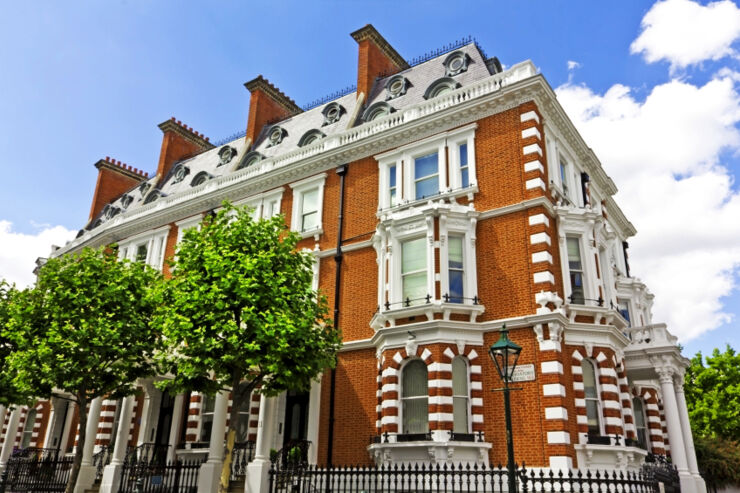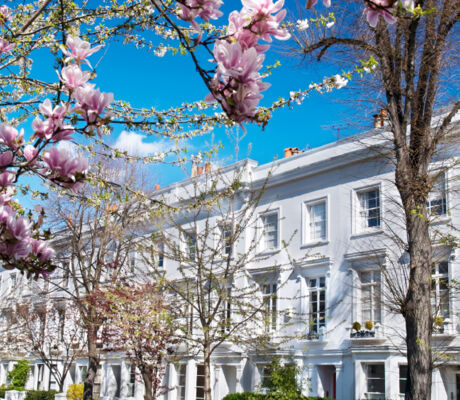The mayoral race this year was dominated by the issue of housing. Four years ago, when voters were faced for the second time with a choice between Boris Johnson and Ken Livingston, jobs, crime and transport were all higher-ranked concerns; in 2016, it is housing which unequivocally tops the agenda of the average Londoner. Now we know it’s Sadiq Khan who will be taking up residence at City Hall for the next four years, what is the outlook for the London property market? And can he keep the promises that won him the biggest personal mandate in British history?
First, a look at what happened during the respective reigns of Ken and Boris. Under Ken, London house prices increased at a faster rate but failed to outperform the national average. Boris oversaw a slower rate of increase, but on his watch, the capital performed better than the rest of the UK.
The choice this year was between Khan and Zac Goldsmith – the son of a Pakistani bus driver and the son of a Tory billionaire, respectively. Goldsmith pledged to build 50,000 new homes by 2020, giving those who have lived and worked in London for more than three years first dibs. It was Khan’s plans to work closely with local councils and developers to address the housing shortage that won. He has promised to support housing associations in their plans to build a minimum of 80,000 new homes a year, with at least 50% of these to be ‘affordable’. (Neither he nor Goldsmith managed to define ‘affordable’ at any stage during their campaigns.) Khan also plans to set up a not-for-profit lettings agency, run from City Hall. The idea is for the agency to bypass large private sector renting fees and tie rent increases to inflation. For the plan to work, he will need a large stock of social housing at his disposal.
“My single biggest priority will be to build thousands more homes every year,” he wrote in his manifesto.
He is not, however, the first mayor to have thought of this. The housing shortage problem also occurred to Boris Johnson, and addressing it has been top of his to-do list for some time. What exactly is Khan going to do differently?
“Sadiq Khan’s aim to construct 80,000 homes a year was a central part of his campaign, but questions remain over how he will implement his promises from a practical point of view,” says Hugh Wade-Jones, Managing Director of Enness Private Clients. “There simply aren’t enough builders in London at the moment to support that level of construction. Khan’s emphasis on affordable homes may also restrict developers in the short term, further impinging on their ability or desire to meet the targets. It will be interesting to see whether he can turn rhetoric into reality.”
It is unlikely the higher end of the market will see drastic change under London’s new mayor, although he is likely to pay close attention to popular grumblings against overseas investors and rocketing house prices.
One positive to come out of Khan’s election from a property point of view is his stance on the upcoming EU referendum. While Goldsmith was firmly in the leave camp, Khan nailed his colours to the stay mast early on. His election came just as the chief executive of Virgin Money warned the reduced flow of investment into London resulting from a leave vote could force house prices down and interest rates up.
Although we await the outcome of Khan’s housing policies with a little scepticism, we certainly hope he can do his bit for the stay campaign.



